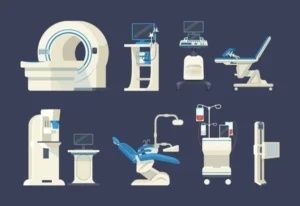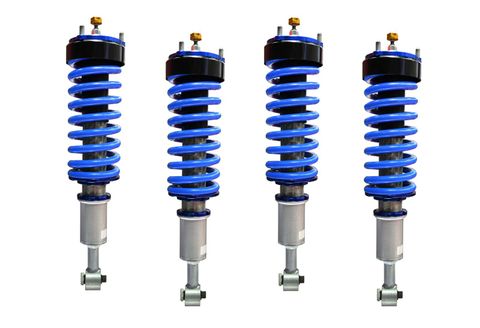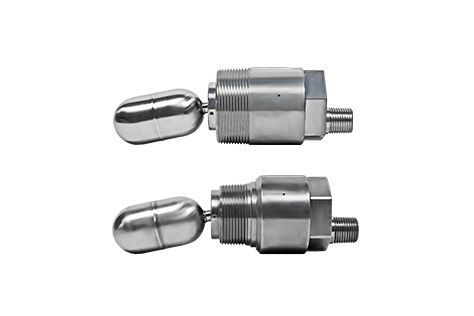Understanding Programmable Logic Devices: An Informative Overview with Tips and Expert Advice
Programmable Logic Devices (PLDs) are semiconductor components designed to allow users to configure digital logic functions according to specific needs. Instead of relying on fixed logic circuits, PLDs enable engineers to program the internal structure so the device can perform various logic operations. These devices exist because digital systems often require flexible, customizable logic solutions that can evolve as technology or project requirements change.
PLDs emerged as an alternative to fixed-function integrated circuits. Traditional logic circuits required manufacturing custom chips for specific tasks, which was time-consuming and costly. PLDs filled this gap by providing a programmable structure that can be adapted through software tools. Today, they are used in computing, automation, communication systems, energy equipment, and embedded system design. Their capability to handle multiple logic functions makes them essential in both simple control tasks and advanced processors.
PLDs include several categories such as Simple Programmable Logic Devices (SPLDs), Complex Programmable Logic Devices (CPLDs), and Field-Programmable Gate Arrays (FPGAs). Each type supports different levels of logic density, performance, and configuration flexibility. This adaptability is what allows designers to test, modify, and optimize digital logic without redesigning hardware.
Importance
PLDs play a significant role in modern electronics, especially as devices become more intelligent and interconnected. Their importance continues to grow due to rising demand for automation, secure electronics, and optimized digital processing.
Why PLDs Matter
-
They support rapid prototyping in embedded and digital systems.
-
They allow customization without rebuilding hardware, saving development time.
-
They make it possible to update logic after manufacturing, which improves longevity of electronic devices.
-
They support high-performance computing applications such as signal processing, data handling, and communication control.
-
They enable designers to test multiple logic arrangements before finalizing a system.
PLDs affect a wide range of sectors, including electronics, robotics, industrial automation, aerospace systems, renewable energy management, medical devices, and telecommunication platforms. As systems require faster responses and improved reliability, PLDs offer the flexibility needed to meet these expectations.
Problems They Solve
-
Logic complexity: They simplify systems that require many gates or custom logic components.
-
Efficiency challenges: They help optimize circuit performance through programmable architecture.
-
System upgrades: They allow easy reprogramming as technology evolves.
-
Integration issues: They reduce the need for multiple discrete components by combining functions into one device.
Recent Updates
Several important changes and trends have shaped the PLD landscape in the past year. Developments in energy-efficient design, high-density architectures, and enhanced security have influenced how PLDs are used across industries.
Trends and Highlights (2024–2025)
-
Growth of low-power programmable devices (2024): Many manufacturers introduced optimized PLDs built for battery-powered and portable systems.
-
Increased integration of AI-assisted design tools (2024–2025): PLD development software now includes AI-based routing and logic optimization to reduce configuration time.
-
Enhanced security features (2024): New devices include encryption support and tamper-protection for safer configuration storage.
-
Boost in FPGA-based acceleration (2025): FPGAs continue expanding in data centers due to their parallel processing capabilities and reconfigurability.
-
Adoption of advanced packaging technologies (2024–2025): Technologies such as 3D stacking and chiplet-based structures improve performance and thermal stability.
Example Table: Common Types of PLDs and Core Attributes
| Type of Device | Logic Density | Flexibility | Typical Use Case |
|---|---|---|---|
| SPLD | Low | Moderate | Simple control logic, small circuits |
| CPLD | Medium | Good | Industrial control, data routing |
| FPGA | High | Very High | Processing tasks, signal handling, automation |
These developments show how PLDs continue evolving to support modern digital systems.
Laws or Policies
PLDs are influenced by regulations related to electronics manufacturing, import regulations, digital security standards, and environmental guidelines. While policies vary by country, certain areas commonly affect how PLDs are produced and used.
Relevant Regulatory Areas
-
Electronic Design Compliance: Digital devices must follow national electronics standards to ensure safety, electromagnetic compatibility, and operational stability.
-
Environmental Directives: Policies such as RoHS or similar national standards restrict hazardous materials in electronic components.
-
Cybersecurity Regulations: Many countries enforce guidelines related to secure firmware, encryption use, and data integrity in programmable digital devices.
-
Export Control Rules: Certain high-performance programmable devices fall under export regulations due to their potential use in advanced computing and defense systems.
-
Energy Efficiency Standards: Low-power electronics must meet defined energy-efficiency requirements to reduce environmental impact.
The policy environment helps ensure that PLDs are safe, environmentally compliant, and secure for use in both consumer and industrial applications.
Tools and Resources
Several tools and platforms support the design, configuration, testing, and optimization of PLDs. These resources are used in academic, research, and professional environments to streamline development processes.
Helpful Tools and Platforms
-
HDL Editors: Software for writing hardware description languages such as VHDL or Verilog.
-
Schematic-based Design Tools: Visual tools for configuring programmable logic functions.
-
Simulation Platforms: Programs that test logic functions before they are programmed into the device.
-
Timing Analysis Tools: Used to evaluate circuit performance and response delays.
-
Logic Analyzers: Hardware devices that help observe digital signals during testing.
-
Vendor-specific Device Managers: Software applications that configure and program specific PLD families.
-
Educational Platforms: Online tutorials, PLD simulation websites, and logic design training resources help learners understand digital architecture.
Example Table: Useful Resource Categories
| Resource Type | Purpose |
|---|---|
| HDL Tools | Describe logic operations and design structure |
| Simulation Tools | Verify correctness before hardware testing |
| Timing Tools | Analyze propagation delays and performance |
| Development Boards | Support hands-on learning and prototyping |
These tools contribute to efficient and accurate PLD development.
FAQs
What are the main types of Programmable Logic Devices?
The most common types are SPLDs, CPLDs, and FPGAs. SPLDs handle simple logic, CPLDs support medium complexity, and FPGAs offer very high logic capacity for advanced digital systems.
How are PLDs programmed?
They are programmed using hardware description languages or schematic tools that define logic functions. The programming software converts these descriptions into a configuration file that the device loads.
Where are PLDs typically used?
They are used in automation systems, embedded designs, robotics, communication devices, renewable energy equipment, and digital processing platforms due to their versatility.
Can PLDs be reprogrammed?
Yes, many PLDs allow reprogramming to update or refine logic functions, making them suitable for systems that require frequent adjustments or upgrades.
What skills are useful for working with PLDs?
Knowledge of digital logic, hardware description languages, timing analysis, and circuit simulation is helpful for designing efficient PLD-based systems.
Conclusion
Programmable Logic Devices remain a foundational part of digital electronics due to their adaptability and ability to support diverse logic functions. They provide a flexible architecture for modern systems, allowing designers to modify logic without replacing hardware. Recent advancements have focused on improving efficiency, security, and performance, making PLDs even more relevant in advanced computing, communication, and automation environments. With the support of updated design tools, regulatory frameworks, and educational resources, PLDs continue to offer reliable solutions for both basic and complex digital challenges.






